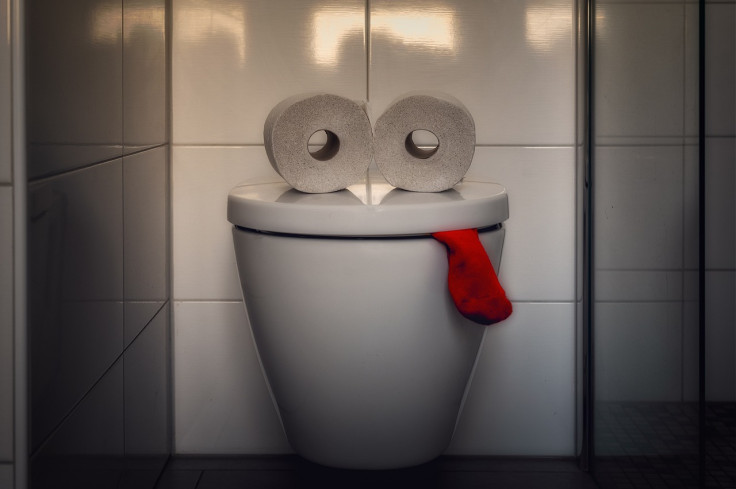Should You Put The Toilet Lid Up Or Down While Flushing? Here's What A Study Says

Putting the toilet lid down while flushing was considered the safest way to keep aerosolized viruses from contaminating bathroom surfaces. However, researchers behind a new study have found that it does not really matter if the lid is up or down because the only way to mitigate the risk is by disinfecting the toilet regularly.
In the study published in the American Journal of Infection Control, researchers from the University of Arizona and research firm Reckitt Benckiser noted that viral particles spread to many restroom surfaces during toilet flushing, regardless of whether the toilet lid is up or down.
"With results showing that closing toilet lids has no meaningful impact on preventing the spread of viral particles, our study highlights the importance of regular disinfection of toilets to reduce contamination and prevent the spread of viruses," senior author Charles P. Gerba from the University of Arizona said in a news release.
The research team examined the spread of viral particles during toilet flushing in both scenarios — while the lids were open and closed. The study was conducted both in household and public toilets. However, assessing the impact of lid closure was limited to household toilets since public toilets typically do not have lids.
Before flushing the toilets, they were seeded with a nonpathogenic virus as a proxy for dangerous viruses, and samples were collected from toilet bowl water and surfaces on the toilet, floor and walls.
"With the household toilet, researchers found that there was no statistical difference in the amount of virus collected from surfaces on the toilet or the nearby floor whether the toilet was flushed with the lid up or down. Viral contamination of the surrounding walls was minimal in both cases, while the toilet seat was the most contaminated surface. Similar patterns of contamination were observed with the public toilet," the news release said.
To know the effect of cleaning only with a brush versus the use of disinfectant, researchers took samples from the toilet bowl brush and its caddy. When researchers compared the levels of contamination, they noted that cleaning the toilet bowl with a disinfectant and brush significantly reduced the amount of virus found in the toilet.
"Results show that adding disinfectant to the toilet bowl before flushing or using disinfectant dispensers in the toilet tank were both effective ways to reduce contamination from flushing," the news release said.
"To reduce the risk associated with exposure to contaminated fomites in the restroom, regular disinfection of all restroom surfaces following toilet brushing, and/or use of a disinfectant that leaves residual microbicidal activity is suggested particularly when the household is occupied by an individual with an active infection with a virus, such as norovirus, causing acute gastroenteritis," the researchers wrote in the study.



























